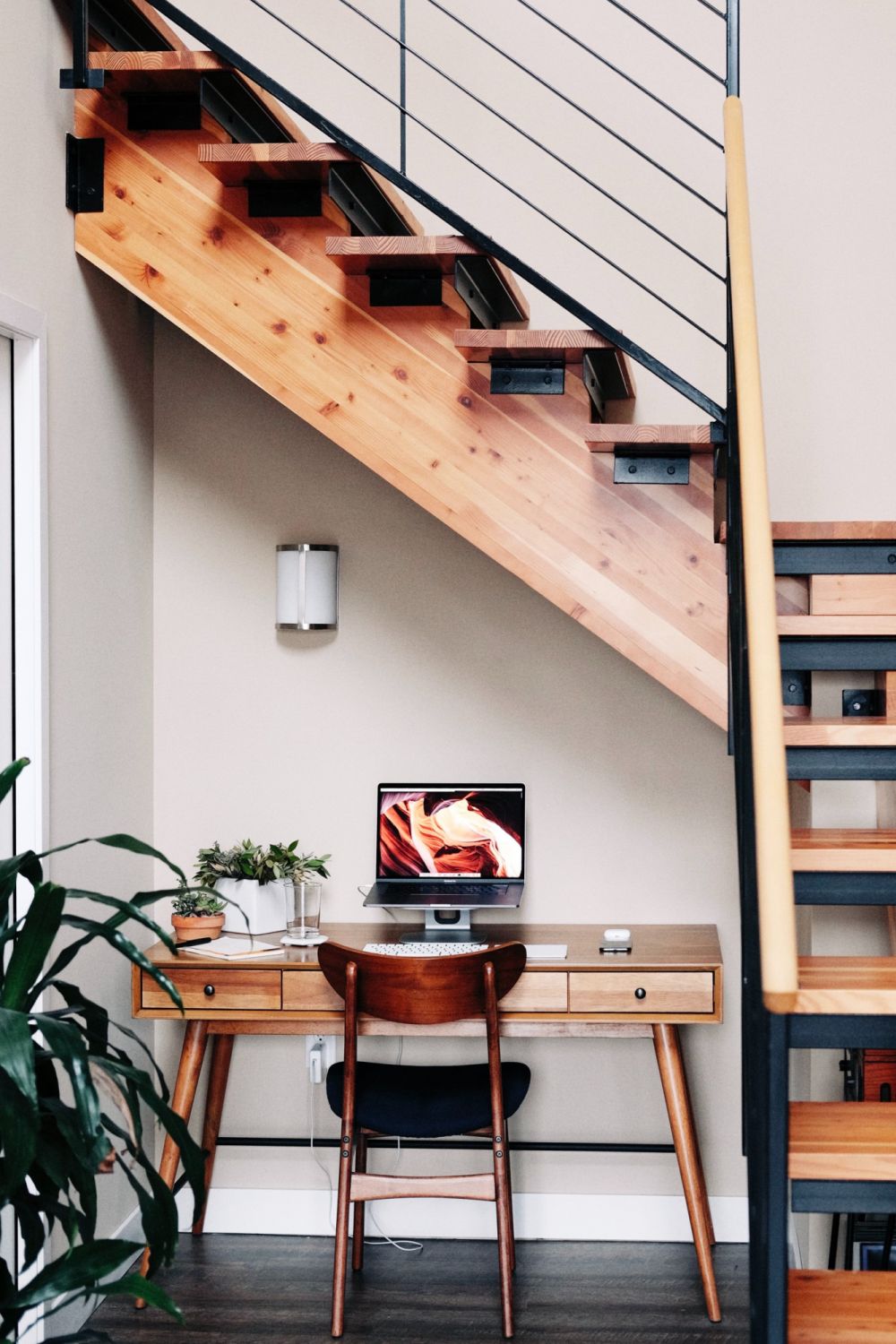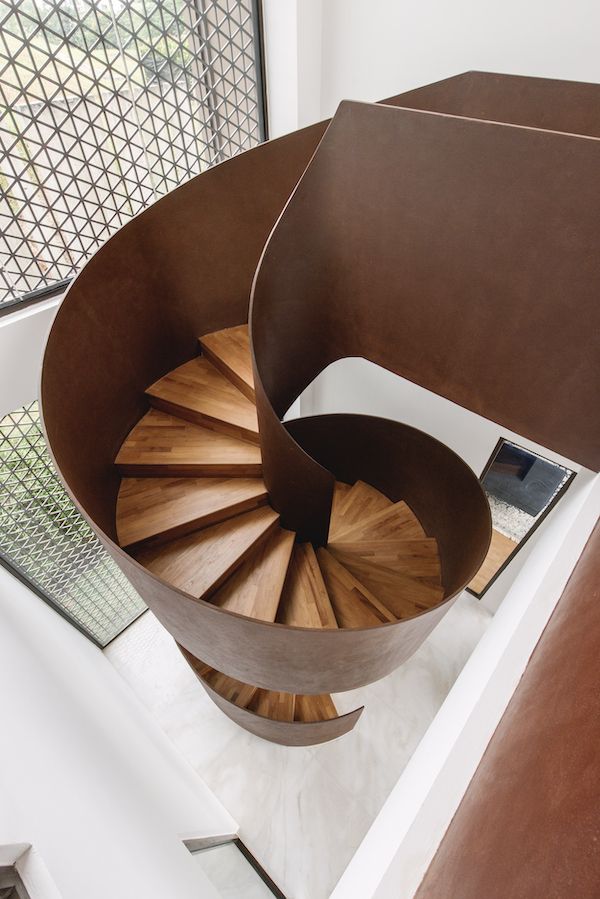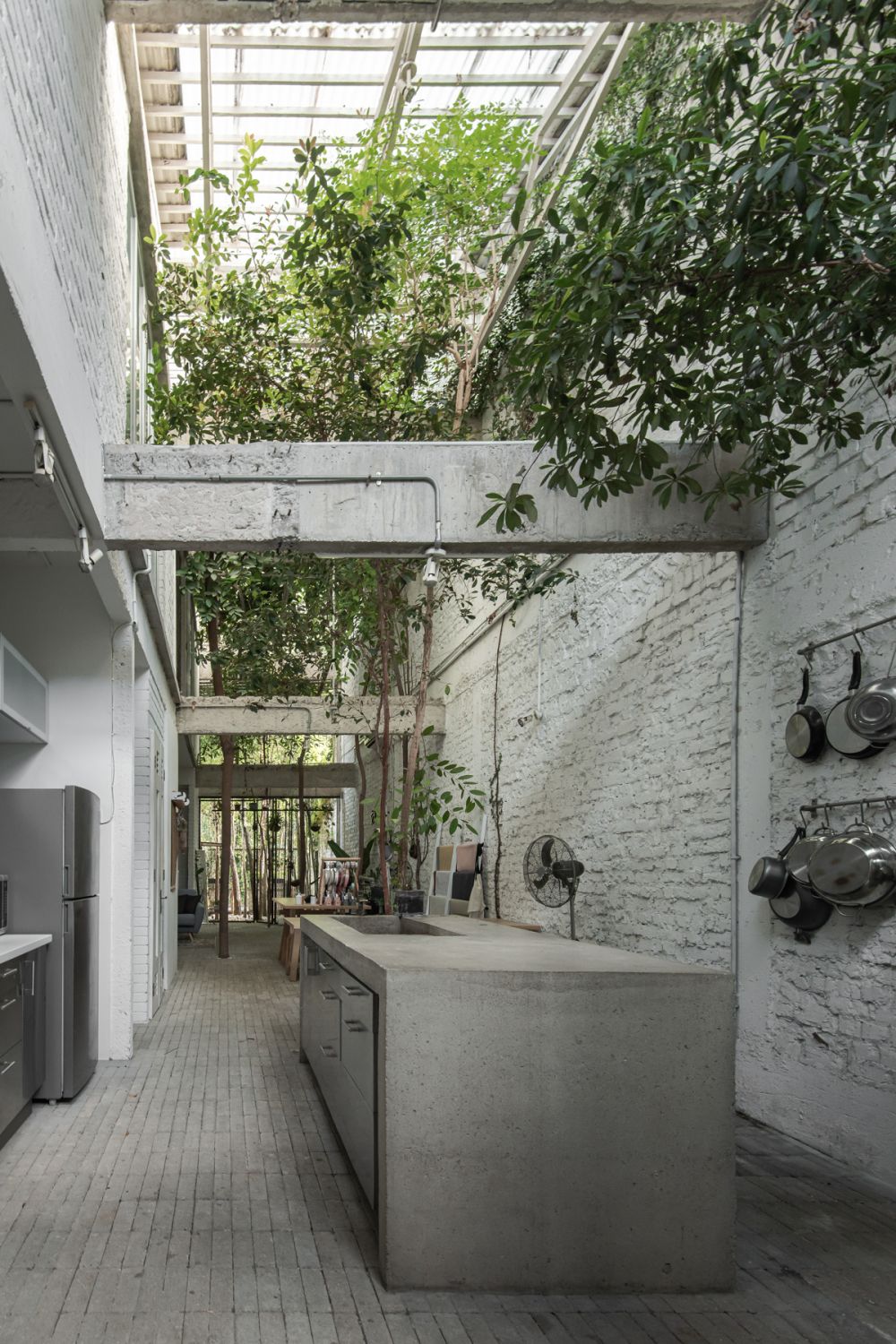In the second part of our guide to future-proofing your home, we explore how to flesh out the architectural canvas to best suits individual needs
With the foundation in place, fleshing out the architectural canvas with elements of future-proofing comes next. The amount of options here starts to get wider and wider, with appropriate solutions being particular to the context. The intent, though, remains the same.

PERSONAL REQUIREMENTS
The Covid-19 pandemic has fundamentally changed our lives, not least because being confined to a single space for an entrenched period presents a myriad of challenges. There will be future pandemics, and therefore homes need to be ready for a ‘new normal’.
That’s where modularity comes in. Open plans will remain a popular future-proofing concept—accommodating flexible usage over time—but can also be adapted for privacy. Moveable walls can divide a large space into sections or be collapsed into a grand arena for a swinging party. Foldable screens or sliding partitions perform the same function, with the added incentive of controlling acoustic levels.
The acceptance of remote working as viable means that creating a technologically prepared professional cocoon may be necessary. And in a nod to multi-generational communal living, walkways should promote flowing movement to avoid chokepoints and accidents, while lifts in a multi-level home may be an important option.
Don't miss: Home Tour: An Eco-Friendly Home in Kuala Lumpur Celebrating the Family’s Active Lifestyle





